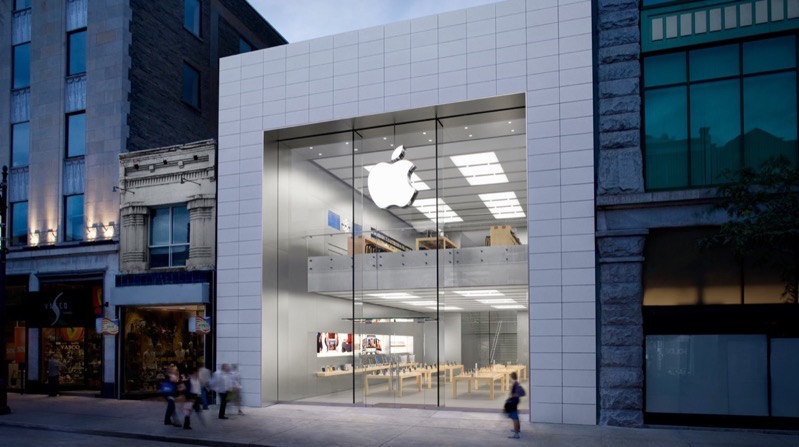
Netflix Manages to Stay Stable Due to ‘Open Connect’ Server Infrastructure
Netflix is king for a reason — its server network.

Netflix, when compared to its streaming competition like Disney+ and HBO Max, rarely falters, even when 111 million users watched Squid Game over the past in its initial weeks.
“One of the reasons why Netflix is the leader in this market and has the number of subs they do […] is something that pretty much everybody outside of the technical part of this industry underestimates, and that is Open Connect,” Dan Rayburn, a media streaming expert and principal analyst with Frost & Sullivan, tells The Verge. “How many times has Netflix had a problem with their streaming service over the last 10 years?”
The Netflix Open Connect program provides opportunities for ISP partners to improve their customers’ Netflix user experience by localizing Netflix traffic and minimizing the delivery of traffic that is served over a transit provider.
Started in 2012, the program involves Netflix giving internet service providers physical appliances that allow them to localize traffic. These appliances store copies of Netflix content to create less strain on networks by eliminating the number of channels that content has to pass through to reach the user trying to play it.
Open Connect was created because Netflix “knew that we needed to build some level of infrastructure technology that would sustain the anticipated traffic that we knew success would look like,” says Gina Haspilaire, Netflix’s vice president of Open Connect. “We felt we were going to be successful, and we knew that the internet at the time was not built to sustain the level of traffic that would be required globally.”
To avoid traffic and fees, the streaming giant ships its content to its own servers ahead of time, which also helps traffic from choking network demand during peak streaming hours.
“We, Open Connect, bring a copy of Bridgerton at the closest point to your internet service provider — in some cases, right inside your internet service provider’s network — and that basically avoids the burden of the internet service provider having to go get it and transfer it through all these servers on the internet over to you,” Haspilaire says.
Amazingly, Netflix says it has 17,000 servers spread across 158 countries, and the company says it plans to continue expanding its content delivery network.
Check out the entire report over at The Verge — it’s well worth the read.

